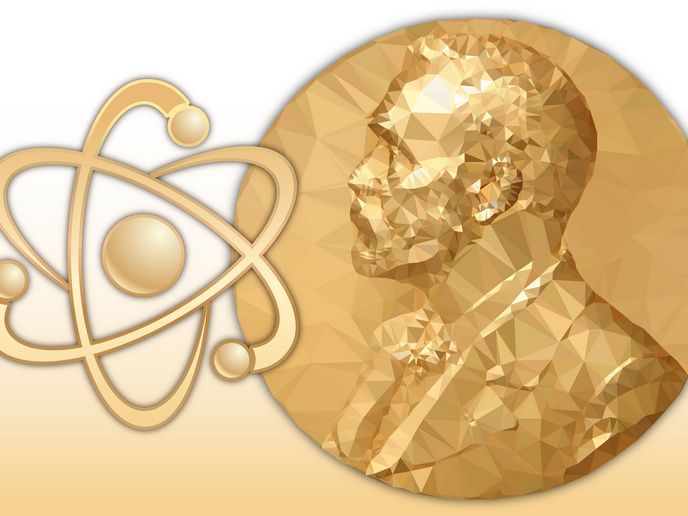Nanoscience of cell calcium signalling
Living cells constantly acquire ions and molecules they need from the extracellular environment. There is also transport in and out of membrane-bound intracellular compartments such as the nucleus, endoplasmic reticulum (ER), and mitochondria. The EU-funded QUMOCA (Quantitative modelling of calcium signalling in vascular smooth muscle nanojunctions) project studied the mechanism of extracellular Ca2+ transport into the ER, which is the principal Ca2+ storing organelle in all mammalian cells. The major focus of the project was the elucidation of inter-organelle communication at the membrane contact sites and their nanoscale architecture. The initial characterisation of the vascular endothelial cells line revealed that the membrane potential of the cells was a major determinant of Ca2+ exchange. Electrophysiological characterisation revealed the impact that common cell culture conditions could have on the fine-tuning of the ER Ca2+ exchange machinery. The experimental results led scientists to conclude that plasma membrane-ER nanojunctions are critical for cellular Ca2+ homeostasis. The functional measurements were followed up with transmission electron microscopy imaging to support these findings. The major conclusion from the project is that Ca2+ signalling from the outside of vascular endothelial cells takes place via nanojunctional contacts between the cell membrane and the ER. The transport itself is regulated by the two sets of proteins: the Na+/Ca2+ exchangers and the Orai Ca2+ channels that are activated upon depletion of the ER Ca2+ deposits. The collected novel data has generated a solid basis for the development of quantitative models of the junctional ionic currents. These models would enable a better understanding of the key mechanisms of human pathophysiology.







